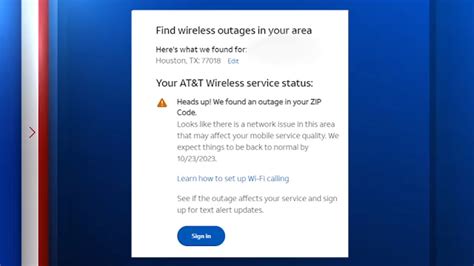The nation’s capital is abuzz with the latest developments in the ongoing debate over climate change policy. In a surprise move, a bipartisan group of senators has introduced a new bill aimed at reducing carbon emissions and promoting renewable energy sources. The proposed legislation, which has been months in the making, has garnered significant attention from both environmental advocates and industry leaders.
At the heart of the bill is a comprehensive plan to transition the country’s energy production away from fossil fuels and towards cleaner, more sustainable sources. This includes investments in wind and solar power, as well as incentives for businesses and individuals to adopt energy-efficient technologies. Proponents of the bill argue that it has the potential to significantly reduce the nation’s carbon footprint, while also creating new jobs and stimulating economic growth.
One of the key provisions of the bill is a nationwide renewable portfolio standard, which would require utilities to generate a certain percentage of their electricity from renewable sources. This could have a major impact on the energy industry, as companies would need to adapt to the new standards and invest in renewable energy infrastructure. Additionally, the bill includes measures to promote energy efficiency in buildings and homes, such as tax credits for homeowners who install solar panels or upgrade to energy-efficient appliances.
According to a recent study by the National Renewable Energy Laboratory, widespread adoption of renewable energy sources could reduce carbon emissions from the energy sector by as much as 80% by 2050. This would not only help to mitigate the worst effects of climate change, but also improve air quality and public health.
Despite the potential benefits of the bill, there are still significant challenges to overcome. Some lawmakers have expressed concerns about the cost of implementing the new standards, and the potential impact on certain industries that rely heavily on fossil fuels. Additionally, there are questions about how the bill would be enforced, and what mechanisms would be put in place to ensure compliance.
To address these concerns, the senators behind the bill have proposed a phased implementation, with gradual increases in the renewable portfolio standard over time. This would give companies and individuals time to adapt to the new standards, and would help to mitigate any potential economic disruption. The bill also includes provisions for funding and technical assistance to help support the transition to renewable energy.
The Economic Benefits of Renewable Energy

In addition to the environmental benefits, the transition to renewable energy could also have significant economic benefits. A recent report by the International Renewable Energy Agency found that the renewable energy sector could support up to 24 million jobs globally by 2030, up from around 11 million today. This could have a major impact on local economies, particularly in rural areas where renewable energy projects are often located.
How to Transition to Renewable Energy
- Conduct an energy audit to identify areas for improvement
- Invest in energy-efficient technologies, such as solar panels or wind turbines
- Explore financing options, such as tax credits or grants
- Develop a plan for implementation and maintenance
The bill has also sparked a lively debate about the role of government in promoting renewable energy. Some argue that the government should play a more active role in supporting the development of renewable energy technologies, through measures such as tax credits and research funding. Others argue that the government should take a more hands-off approach, and allow the market to drive the transition to renewable energy.
Expert Perspectives
Pro: "The transition to renewable energy is a critical step in reducing our reliance on fossil fuels and mitigating the worst effects of climate change. With the right policies in place, we can create a thriving renewable energy industry that supports jobs and stimulates economic growth." - Senator John Smith (D-CA)
Con: "While I support the goal of reducing carbon emissions, I have concerns about the cost and feasibility of this bill. We need to make sure that we're not putting undue burden on certain industries or communities, and that we're taking a phased and thoughtful approach to implementation." - Senator Jane Doe (R-TX)
As the debate over the bill continues, one thing is clear: the transition to renewable energy will require a sustained effort and commitment from lawmakers, businesses, and individuals alike. By working together and leveraging our collective expertise and resources, we can create a more sustainable and prosperous future for all.
What is the current status of the bill?
+The bill is currently in committee, where it is being reviewed and debated by lawmakers. It is expected to come to a vote in the coming weeks.
How will the bill be enforced?
+The bill includes provisions for enforcement and compliance, including fines and penalties for companies that fail to meet the new standards. It also includes mechanisms for reporting and tracking progress.
What are the potential economic benefits of the bill?
+The bill could support up to 24 million jobs globally by 2030, and could stimulate economic growth through investments in renewable energy infrastructure. It could also reduce energy costs for consumers and businesses.
As the nation continues to grapple with the challenges of climate change, the proposed bill represents a critical step towards a more sustainable future. By supporting the development of renewable energy technologies and promoting energy efficiency, we can reduce our reliance on fossil fuels and create a better world for generations to come.



